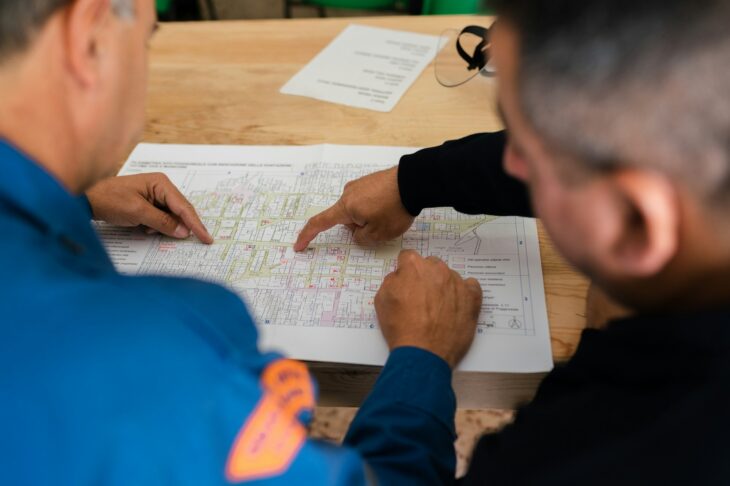
Signs of Dilapidation in Buildings
Sometimes, abandoned buildings become so dilapidated that they start to attract an unusual breed of tourists. Most of the time, however, dilapidation just creates a headache for taxpayers, property owners, and tenants.
The reality is that no building is designed to last forever. All properties require regular upkeep and many will eventually require demolition and replacement.
How can you tell if you have a dilapidated building on your hands? What are the signs that it’s time to get tenants out of there and do some major repairs?
Read on for the top signs of building dilapidation.
Structural Damage
When addressed regularly, structural damage can be kept at bay. For example, if you fix foundational cracks as soon as you discover them, you don’t have to worry about your building sinking, shifting, or collapsing. The problem arises when structural damage progresses unchecked.
Keep in mind that you may own a dilapidated building even if you don’t own a collapsing building. Signs like unstable or hole-ridden flooring or walls, unsafe staircases, and unmitigated water damage all point to dilapidation. If a building sustains enough structural damage, it will become an unsafe dwelling environment that fails to meet codes and regulations.
Overgrowth of Flora and Fauna
Some maintenance issues that lead to dilapidation come from without, not from within. We’re talking about the presence and overgrowth of plants and pests.
Some building owners allow things like ivy and other vining plants to take over one or more walls. While it looks nice, those vining plants are adding weight and pressure to your building, which can lead to irreversible damage.
Some building owners fail to address a growing pest problem or keep basic landscaping under control. Both plants and pests can cause damage and create health hazards for tenants, which can constitute dilapidation.
Inspection Failures
As a building owner, you should sign up for regular building inspections. Look for services like the ones offered at abis.com.au.
Why are building inspections important? They can alert you to issues that could cause or constitute dilapidation. This can give you time to address maintenance issues or remove tenants before things get ugly.
Many of the signs of dilapidation are easy to miss. For example, do you know how to check for foundational cracks? Chances are, there are signs of damage that you aren’t privy to that a building inspector will know to look for.
Don’t Ignore the Signs of Building Dilapidation
When a building reaches the point of dilapidation, you can no longer stand by and watch. Learn to recognize the signs of dilapidation and invest in building inspections to avoid reaching that breaking point, to begin with. Dilapidation is more than an eyesore–it’s a danger.
Looking for more tips and tricks for real estate investors? Take a look around as we talk about how to make smart investment choices, how to maintain your properties, when to sell, and more.

